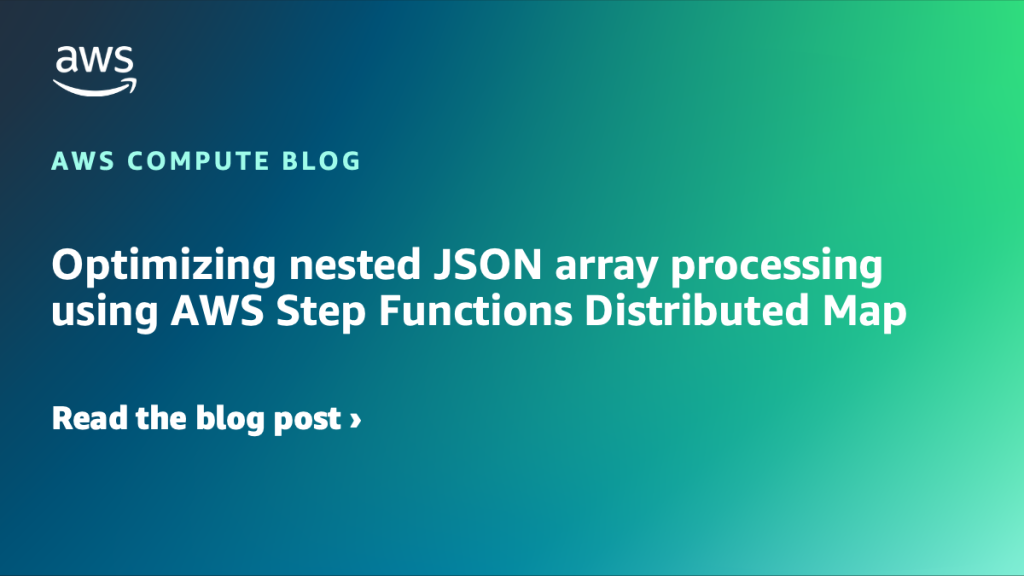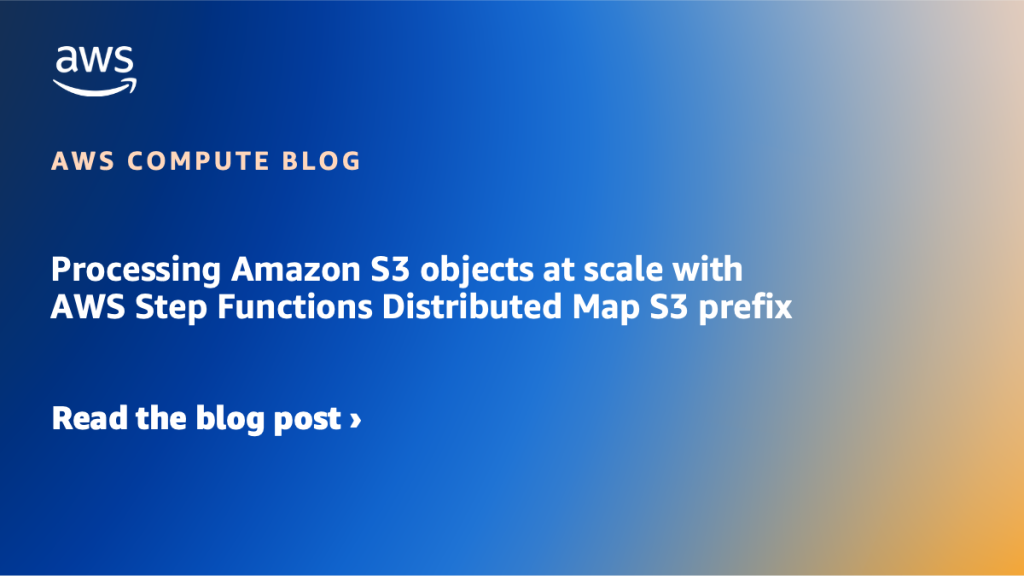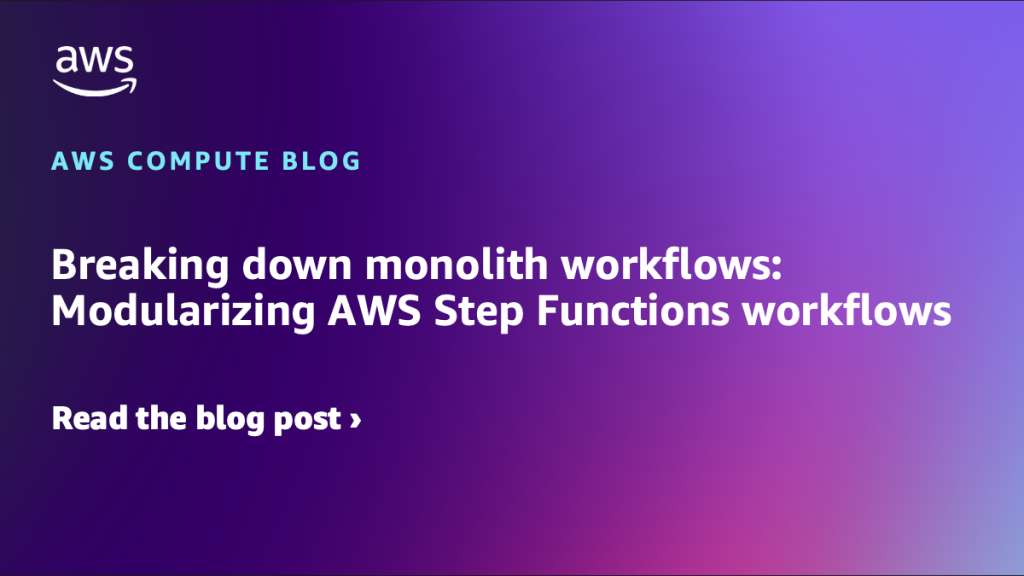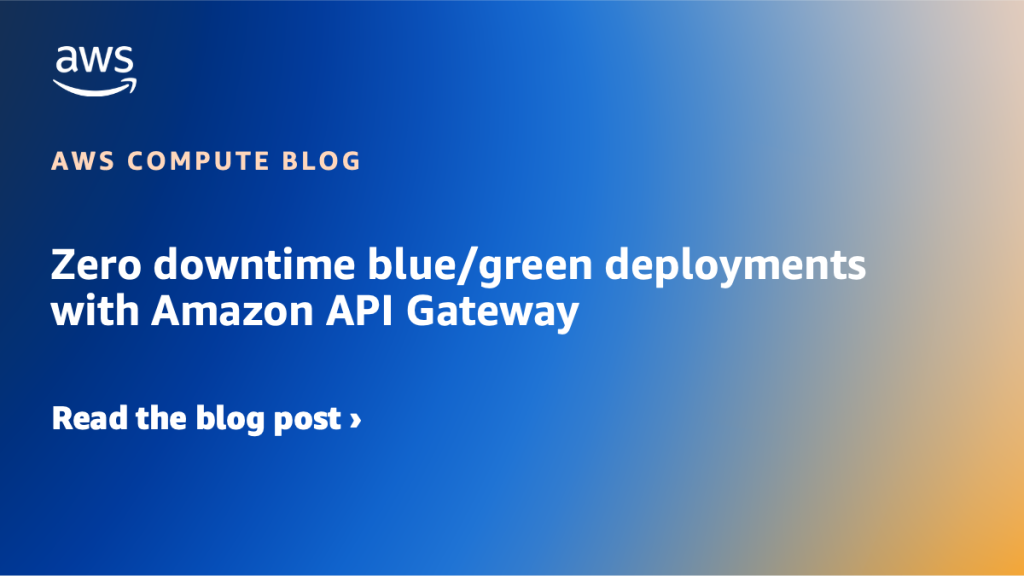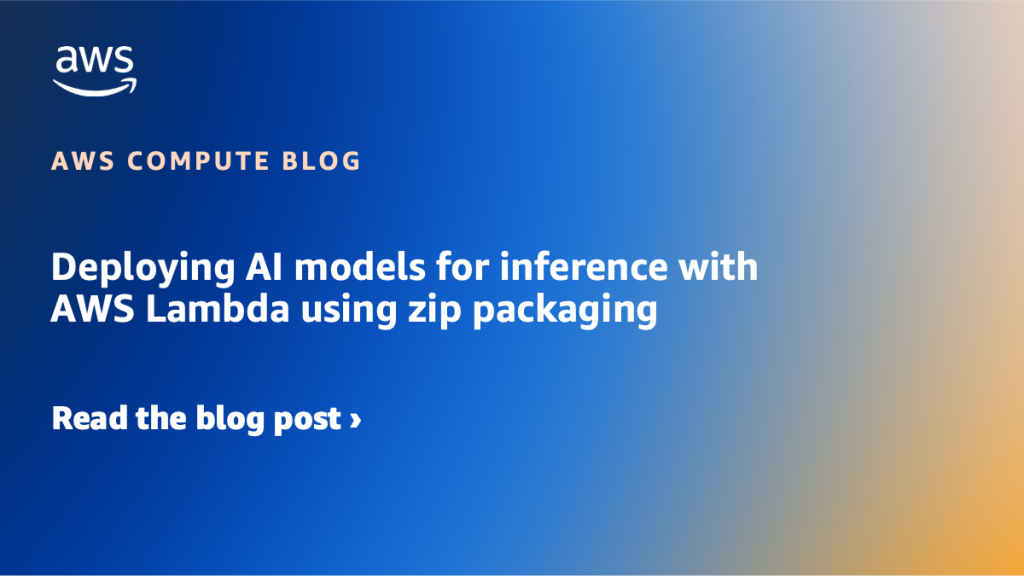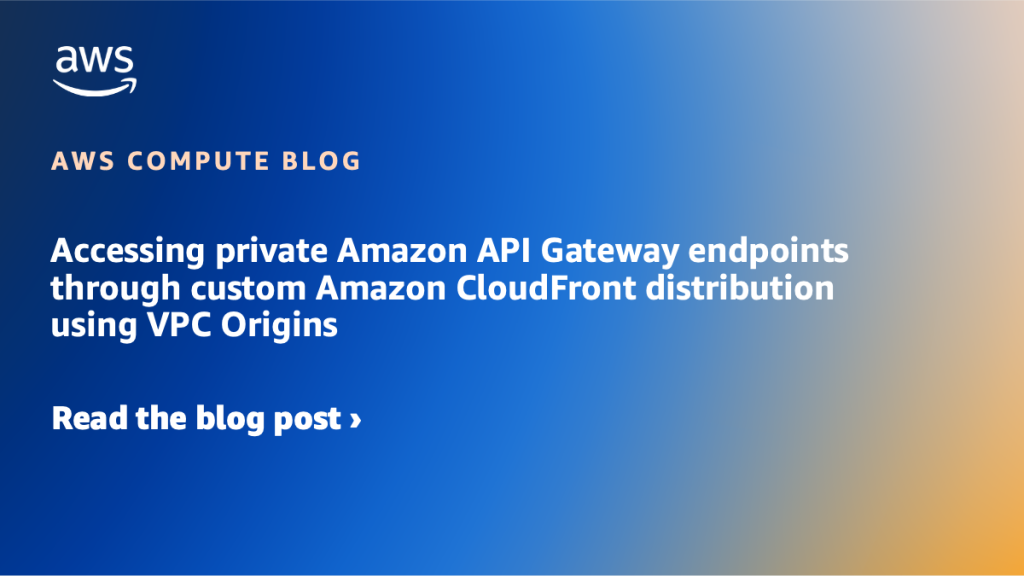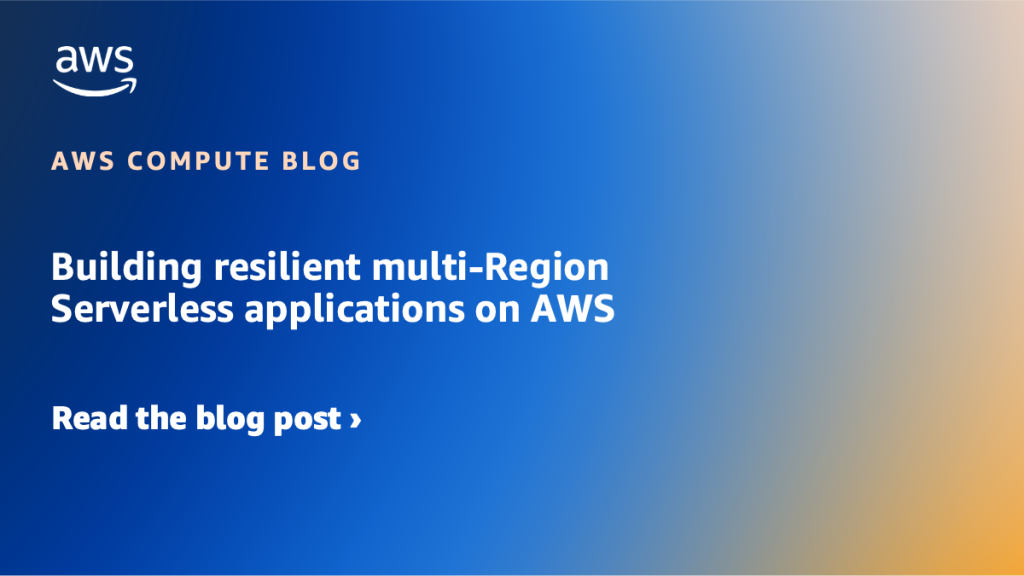AWS Compute Blog
Category: Serverless
Optimizing nested JSON array processing using AWS Step Functions Distributed Map
In this post, we explore how to optimize processing array data embedded within complex JSON structures using AWS Step Functions Distributed Map. You’ll learn how to use ItemsPointer to reduce the complexity of your state machine definitions, create more flexible workflow designs, and streamline your data processing pipelines—all without writing additional transformation code or AWS Lambda functions.
Introducing AWS Lambda event source mapping tools in the AWS Serverless MCP Server
Modern serverless applications increasingly rely on event-driven architectures, where AWS Lambda functions process events from various sources like Amazon Kinesis, Amazon DynamoDB Streams, Amazon Simple Queue Service (Amazon SQS), Amazon Managed Streaming for Apache Kafka (Amazon MSK), and self-managed Apache Kafka. Although event source mappings (ESM) offer a powerful mechanism for integrating AWS Lambda with […]
Processing Amazon S3 objects at scale with AWS Step Functions Distributed Map S3 prefix
In this post, you’ll learn how to process Amazon S3 objects at scale with the new AWS Step Functions Distributed Map S3 prefix and transformation capabilities.
Breaking down monolith workflows: Modularizing AWS Step Functions workflows
You can use AWS Step Functions to orchestrate complex business problems. However, as workflows grow and evolve, you can find yourself grappling with monolithic state machines that become increasingly difficult to maintain and update. In this post, we show you strategies for decomposing large Step Functions workflows into modular, maintainable components.
Zero downtime blue/green deployments with Amazon API Gateway
In this post, you learn how to implement blue/green deployments by using Amazon API Gateway for your APIs. For this post, we use AWS Lambda functions on the backend. However, you can follow the same strategy for other backend implementations of the APIs. All the required infrastructure is deployed by using AWS Serverless Application Model (AWS SAM).
Serverless ICYMI Q3 2025
Welcome to the 30th edition of the AWS Serverless ICYMI (in case you missed it) quarterly recap. At the end of a quarter, we share the most recent product launches, feature enhancements, blog posts, videos, live streams, and other interesting things that you might have missed! In case you missed our last ICYMI, check out […]
Deploying AI models for inference with AWS Lambda using zip packaging
Users usually package their function code as container images when using machine learning (ML) models that are larger than 250 MB, which is the Lambda deployment package size limit for zip files. In this post, we demonstrate an approach that downloads ML models directly from Amazon S3 into your function’s memory so that you can continue packaging your function code using zip files.
How to export to Amazon S3 Tables by using AWS Step Functions Distributed Map
In this post, we show how to use Step Functions Distributed Map to process Amazon S3 objects and export results to Amazon S3 Tables, creating a scalable and maintainable data processing pipeline.
Accessing private Amazon API Gateway endpoints through custom Amazon CloudFront distribution using VPC Origins
This post demonstrates how you can connect CloudFront with a Private REST API in Amazon REST API Gateway using a VPC origin.
Building resilient multi-Region Serverless applications on AWS
This post presents architectural best practices for building resilient serverless applications, demonstrated through a multi-Region serverless authorizer implementation.
